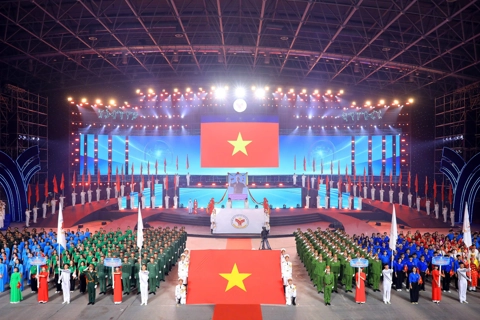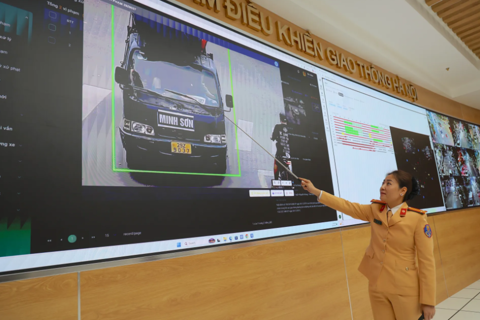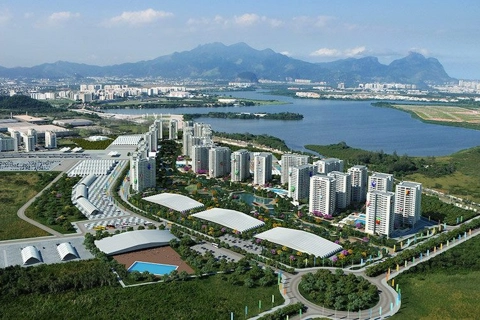Hanoi launches digital job portal to boost labor matching
Hanoi has introduced a new digital platform designed to connect workers and employers more efficiently as the capital modernizes its labor market.
16 Dec, 04:11 PMHanoi’s 100-year master plan to shape the capital’s future growth
The planning must be of the highest quality so Hanoi can fully realize its distinctive potential, key opportunities and competitive advantages.
16 Dec, 03:19 PMHanoi opens 11th annual sports games celebrating unity, excellence, athletic spirit citywide
Hanoi opened the Capital Sports Games 2025 with a grand ceremony, highlighting the city’s growing sports movement, strong community participation and ambition to elevate both mass fitness and elite athletics.
16 Dec, 03:06 PMInstitutional breakthroughs as catalyst for Hanoi’s next leap
The resolution not only empowers the city and speeds up processes but also outlines a more proactive and efficient model of urban governance for Hanoi’s future.
16 Dec, 01:25 PMHanoi commits US$230 million to curb urban flooding
Emergency construction orders are essential to address urgent needs, including water pollution control, a stable, clean water supply, increased flows for the To Lich River and improved urban landscapes and living conditions.
15 Dec, 07:41 PMHanoi gears up for a vibrant 2026 Countdown
With the energy of thousands gathering in Hanoi downtown, the Countdown 2026 promises to be an unforgettable way for people to welcome the New Year.
14 Dec, 07:23 AMHanoi launches AI-powered traffic control center for traffic violations
The system automatically detects common violations, significantly reducing the need for traffic police to be deployed directly on the streets while improving accuracy and transparency in traffic management.
14 Dec, 02:25 AMHanoi plans 10,000-hectare urban megacity with world-class stadium
The stadium’s design draws inspiration from Dong Son bronze drums and the Lac bird motif, symbolizing Vietnam’s aspiration to rise.
13 Dec, 03:55 PM








